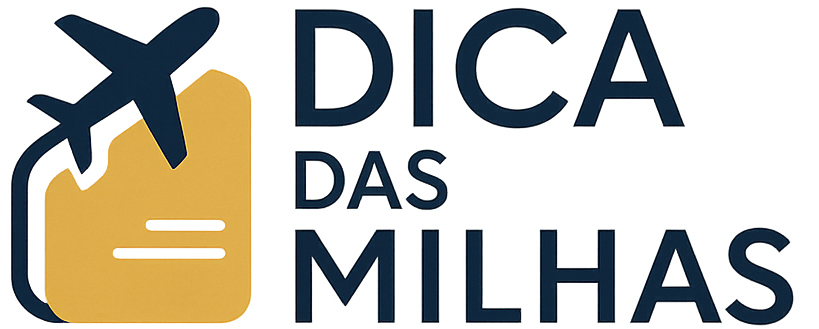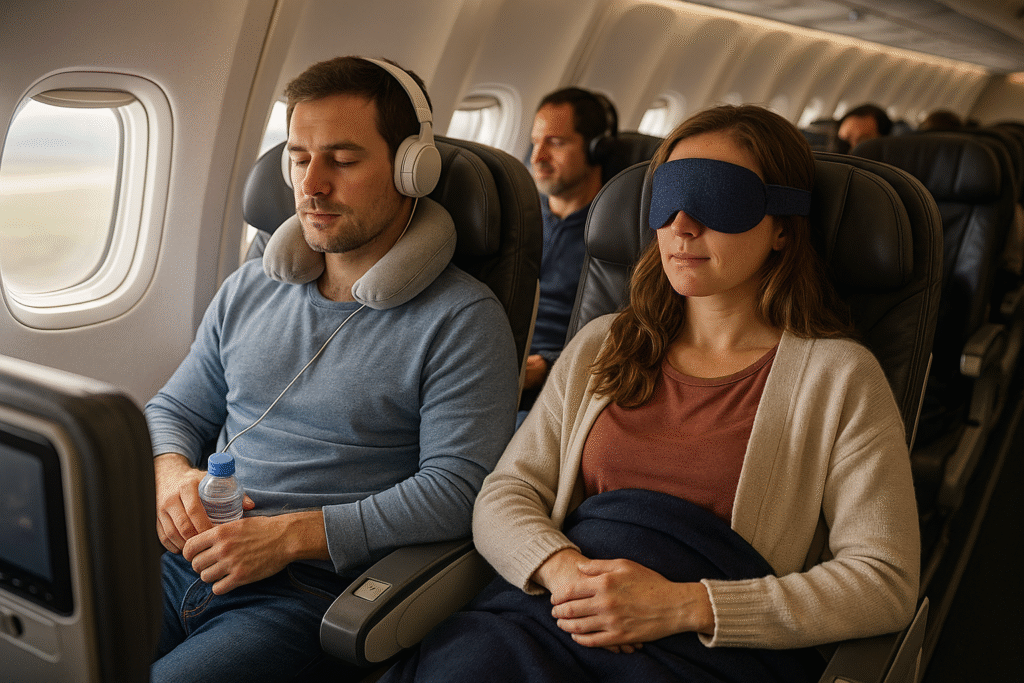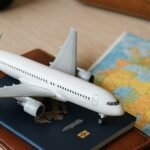Traveling in economy class on a long-haul flight doesn’t have to be miserable. With the right preparation, mindset, and a few essential hacks, you can transform your experience from stiff and sleepless to surprisingly smooth and even enjoyable.
Whether you’re flying from New York to Tokyo or São Paulo to London, this guide will show you how to travel comfortably in economy class on long-haul flights — no upgrade required.
Why Economy Class Can Be a Challenge
Economy cabins on long flights typically offer:
- Tight seat pitch (28–32 inches)
- Limited recline and personal space
- Standard meals and minimal amenities
- No lie-flat beds or extra legroom (unless you pay for it)
But while business and first class offer more comfort, economy is the most accessible for most travelers — especially when using points or booking budget-friendly fares. The key is knowing how to maximize comfort within limited space.
Before the Flight: Strategic Planning Starts Early
1. Choose the Best Seat You Can
Seat selection matters more than most realize. Use tools like:
- SeatGuru
- SeatMaestro
- Airline seat maps
Look for:
- Bulkhead seats (more legroom, but near bathrooms)
- Exit rows (extra legroom, but may have non-reclining seats)
- Aisle seats (freedom to get up often)
- Window seats (great for sleeping)
Avoid:
- Back rows (closer to the galley and toilets)
- Middle seats in 3–4–3 layouts
- Seats near baby bassinets (unless you’re traveling with a child)
Tip: Check in early (24h before flight) to improve your seat assignment options.
2. Wear the Right Clothes
Dress for comfort, not fashion:
- Soft, breathable layers (cotton, bamboo, or merino wool)
- Compression socks (reduce swelling and prevent blood clots)
- Slip-on shoes or travel slippers
- A lightweight hoodie or wrap (planes get cold)
Avoid:
- Tight waistbands
- Heavy jewelry or belts
- Sandals (cold feet, and not ideal for walking through cabin)
3. Pack a Personal Comfort Kit
Include these essentials in your carry-on:
- Travel pillow (U-shaped memory foam or inflatable)
- Noise-canceling headphones or quality earplugs
- Sleep mask (with blackout lining)
- Lip balm and facial mist
- Reusable water bottle (empty before security, fill after)
- Snacks (protein bars, nuts, dried fruit)
- Toothbrush, toothpaste, and wipes
- Power bank and phone charger
- Neck support or back cushion (if needed)
4. Eat Light Before You Board
Heavy meals before flying can cause bloating or discomfort. Instead:
- Eat a light, protein-rich meal 2 hours before departure
- Avoid excess caffeine, sugar, or alcohol before boarding
- Stay hydrated in the hours leading up to your flight
At the Airport: Get Ahead of the Game
5. Check Flight Status and Seat Assignment
Use your airline app or a flight tracker like FlightAware to monitor:
- Departure time
- Gate changes
- Aircraft type (to double-check seat layout)
If you’re still hoping for a better seat, ask at the gate — especially if the flight isn’t full.
6. Board Early (If Possible)
Most airlines let you board in groups. If you have status, a club membership, or paid for priority boarding, use it.
Boarding early means:
- Overhead bin space for your bag
- Time to settle in without stress
- A head start on organizing your comfort kit
7. Bring Your Own Blanket or Shawl
Airline-provided blankets are often thin and reused. A compact travel blanket or shawl makes a huge difference in staying warm and cozy.
During the Flight: Your Comfort Routine
8. Create Your Own “Cocoon”
Once seated:
- Set up your pillow and blanket
- Place your water bottle and essentials in the seat pocket
- Use noise-canceling headphones or calming playlists
- Put on your sleep mask when lights go down
Block out distractions and treat your space like a mini hotel room.
9. Stay Hydrated
Cabin air is extremely dry. Drink at least 8oz of water every 1–2 hours.
Avoid:
- Excess alcohol (dehydrates and disrupts sleep)
- Too much coffee or soda (diuretic and acidic)
Ask the flight crew for water refills often, or buy an electrolyte mix to add to your bottle.
10. Move Regularly
Every 60–90 minutes:
- Stand up and stretch
- Walk to the galley
- Do seated exercises: ankle rolls, knee lifts, shoulder shrugs
- Massage your calves or feet to keep blood circulating
These movements help reduce stiffness, swelling, and risk of deep vein thrombosis.
11. Time Your Sleep Wisely
If your flight is overnight:
- Eat, use the restroom, and prepare for sleep shortly after takeoff
- Set your watch to destination time
- Use melatonin (consult your doctor) to help shift your sleep schedule
- Aim for 4–6 hours of sleep, even in short blocks
If it’s a daytime flight, take naps rather than long sleep.
Food, Entertainment, and Productivity
12. Don’t Rely on Airline Meals
Bring your own food in case:
- The airline runs out of your meal choice
- The food quality is poor
- You want something healthier
Good options include:
- Sandwiches or wraps
- Fruit
- Nuts and protein bars
- Instant oatmeal (just add hot water)
13. Download Entertainment in Advance
Most long-haul flights have seatback screens, but:
- The selection may be limited or outdated
- Your screen might be broken
- Ads and interruptions can be annoying
Instead:
- Download movies, podcasts, music, or eBooks ahead of time
- Bring a tablet or laptop fully charged
- Use noise-canceling headphones for better immersion
14. Make the Time Count (If You Want)
Some travelers like to work or organize tasks mid-flight:
- Journal or plan your itinerary
- Organize travel receipts or expenses
- Clear your email inbox
- Listen to language podcasts for your destination
- Create photo albums or social content
Use the time intentionally — whether that’s to relax or be productive.
Upon Arrival: Beat Jet Lag and Stay Energized
15. Rehydrate and Refuel
Drink water and eat something balanced after landing. Avoid heavy carbs or sugar until you’re settled.
If you land in the morning:
- Stay awake until at least 8–9pm local time
- Take a walk outside (sunlight helps reset your body clock)
If you land at night:
- Limit screen exposure
- Use earplugs or a white noise app in your hotel
- Go to bed immediately and avoid naps the next day
16. Stretch and Shower
Get blood moving again with light exercise or stretching. A hot shower helps relieve cabin pressure and stiffness.
Even a quick walk in the airport before customs can help circulation.
Extra Tips for an Even Better Economy Experience
- Book flights with better airlines (Singapore Airlines, Emirates, Qatar) known for superior economy service
- Consider premium economy — often just a few hundred dollars more for better legroom and meals
- Sign up for airline loyalty programs — even first-time flyers can earn points
- Check for free seat upgrades at check-in, especially if you’re flying solo
- Use a travel credit card with airline perks (priority boarding, free checked bags)
Final Thoughts: Comfort Is a Strategy, Not a Luxury
Knowing how to travel comfortably in economy class on long-haul flights can make the journey just as memorable as the destination. It’s not about being in first class — it’s about planning, organizing, and respecting your body’s needs while in the air.
With the right seat, clothing, hydration, and entertainment plan, even the longest flights can become a breeze.
You don’t need extra money to fly better — just extra strategy.
Elaine A. da Silva is a Brazilian travel and finance enthusiast, best known as the creator of the blog Dica das Milhas. With a strong background in personal finance and a passion for exploring smart travel strategies, she specializes in simplifying the world of airline miles and travel rewards for everyday people. Through her blog, Elaine shares practical tips, insider knowledge, and step-by-step guides to help readers save money and travel more efficiently using loyalty programs and credit card points.







